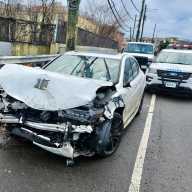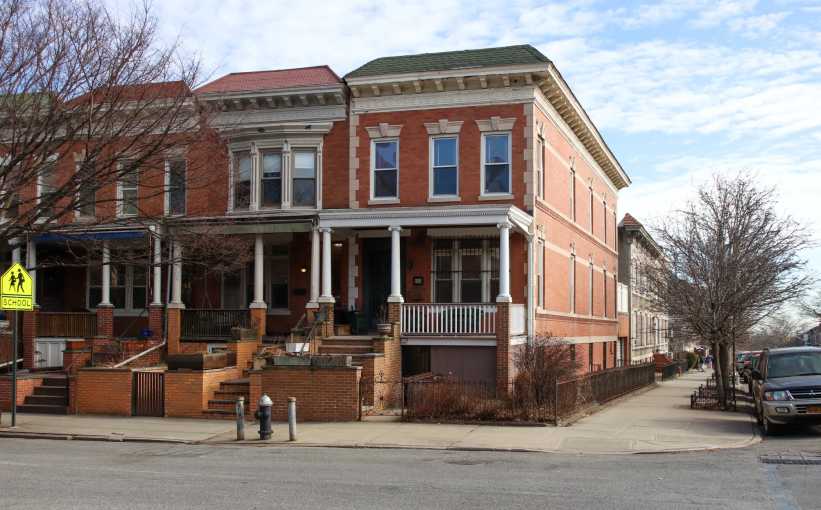A new law hailed as an environmental breakthrough awaits Mayor Michael Bloomberg’s signature, after it was passed by the City Council recently.
The vote was hailed by Storm Water Infrastructure Matters (SWIM), a water-quality advocacy group whose goal is to have local waters clean enough to be “swimmable” by 2030. The group was instrumental in highlighting the issue.
“The passage of this local law shows the City of New York’s commitment to make the water cleaner by making the city greener,” said Theresa Crimmens, SWIM’s administrative coordinator.
The bill, Intro 630-A, requires the city to develop and implement a sustainable storm water management plan. It got a thumbs-up from the Environmental Protection Committee in the morning, and sailed through the full council later in the day on Wednesday, January 30.
“We negotiated the details of the bill with the mayor’s office, and they testified at the hearing,” said City Councilmember James F. Gennaro, the bill’s prime sponsor and chair of the committee. “We anticipate he will sign it sooner rather than later.”
New York City receives on average, 44 inches of rain annually, according to the language of the bill. Because many areas have a single system that combines storm and sanitary sewer flows, in some areas as little as one-tenth of an inch of rain can cause a discharge containing untreated sewage into city waterways.
These “combined sewage outflows” (CSO) are the target of the bill, according to Gennaro. “We can achieve enormous reductions in CSO by some rather simple means that dovetail with the mayor’s ‘PlaNYC’ and million-tree proposals,” he said. “Now is the time to get about doing it,” Gennaro stressed, pointing out the requirements for implementation and accountability.
The bill calls for an October 1 draft plan for sustainable management of storm water to be issued by an office to be named by the mayor. A final plan is to be ready by December 1, and every second October 1 (starting in 2010,) progress reports must be submitted.
It is considered likely that the job will go to the Department of Environmental Protection, which already originates sewer plans.
The goal is to greatly reduce the amount of storm water that gets into the sewer system by use of “green,” “blue” and “gray” technology.
Green roofs on buildings and green street techniques are well-known methods of absorbing storm water at the source, with plants. Blue belts are areas where water would naturally collect, before either soaking into the ground, or flowing out to open waters. “Gray water” management involves utilizing lightly contaminated runoff before it goes into the system, for such things as irrigation.
“Rain barrels and cisterns have worked well for centuries,” Gennaro pointed out. “We should be employing these proven and inexpensive technologies wherever possible.”
































